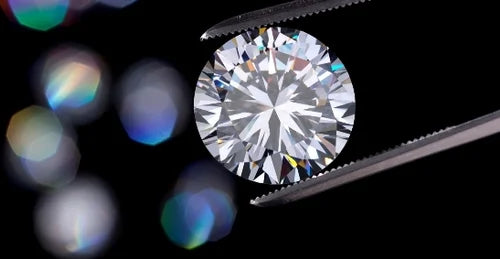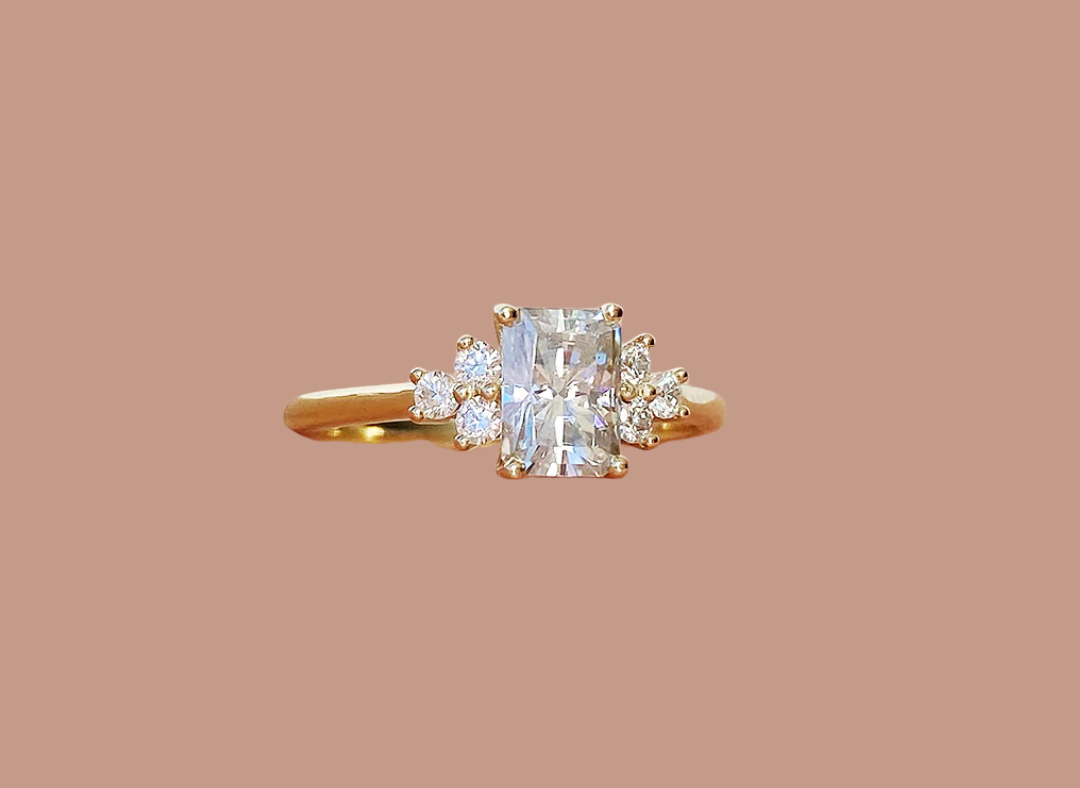
Does Moissanite Pass the Diamond Test?
For those considering moissanite as a diamond alternative, one common question arises: Does moissanite pass the diamond test? This query is crucial for engagement ring shoppers, ethically conscious buyers, and jewelry enthusiasts who want to understand how moissanite compares to diamonds under professional scrutiny. In this guide, we’ll explore diamond testing methods, how moissanite reacts to these tests, and why it remains an exceptional choice for fine jewelry.
Understanding the Diamond Test
The "diamond test" typically refers to a method used by jewelers to distinguish real diamonds from simulants. Different tests can determine a stone’s authenticity based on its thermal conductivity, electrical conductivity, and light refraction.
1. Thermal Conductivity Test
Most jewelers use thermal conductivity testers, which measure how well a gemstone conducts heat. Natural diamonds have high thermal conductivity, allowing them to disperse heat quickly. Traditional diamond testers rely on this property to differentiate diamonds from other stones.
2. Electrical Conductivity Test
Since moissanite is composed of silicon carbide, it possesses unique electrical conductivity properties. Unlike diamonds, which are not conductive, moissanite will typically trigger an electrical conductivity test, confirming that it is not a diamond.
3. Refraction and Brilliance
Diamonds exhibit single refraction, meaning light passes through in a single direction. Moissanite, on the other hand, is doubly refractive, meaning light is split into two directions, creating an even greater sparkle.
Can Moissanite Pass a Diamond Tester?
Moissanite can pass some diamond tests, particularly those that rely on thermal conductivity. Because moissanite conducts heat similarly to diamonds, traditional diamond testers may incorrectly identify it as a diamond. However, when subjected to electrical conductivity tests or professional gemological analysis, moissanite can be distinguished from diamonds.
How to Identify Moissanite vs. Diamond
If you're concerned about distinguishing moissanite from a diamond, consider these additional methods:
-
Fire & Brilliance: Moissanite has a higher refractive index (2.65) than diamonds (2.42), giving it more fire and brilliance.
-
Doubling Effect: When viewed through a jeweler’s loupe, moissanite's facets may appear doubled due to its double refraction.
-
UV Light Reaction: Moissanite may fluoresce under UV light, appearing green, yellow, or gray, whereas diamonds typically fluoresce blue.
-
Expert Certification: All moissanite stones from Levorie come with GRA certification to verify authenticity and quality. Learn more about our certification standards.
Why Moissanite Remains a Superior Diamond Alternative
Even though moissanite does not pass all diamond tests, it remains a top-tier choice for those looking for beauty, durability, and ethical sourcing. Here’s why moissanite outshines other diamond alternatives:
-
Ethical & Sustainable: Unlike mined diamonds, moissanite is lab-grown, ensuring no harmful environmental impact.
-
Superior Brilliance: Moissanite has more fire and sparkle than diamonds, making it an eye-catching choice.
-
Unmatched Durability: With a hardness of 9.25 on the Mohs scale, moissanite is resistant to scratches and wear.
-
Affordability: Moissanite offers a luxurious look at a fraction of the price of a diamond. Explore our moissanite collections today.
Final Thoughts
While moissanite may pass certain diamond tests, advanced testing methods can distinguish it from diamonds. However, with its incredible brilliance, ethical appeal, and affordability, moissanite stands out as one of the best diamond alternatives available.
For those seeking elegance without compromise, Levorie’s hand-cut moissanite jewelry is the perfect choice. Browse our collection and discover timeless beauty today.




